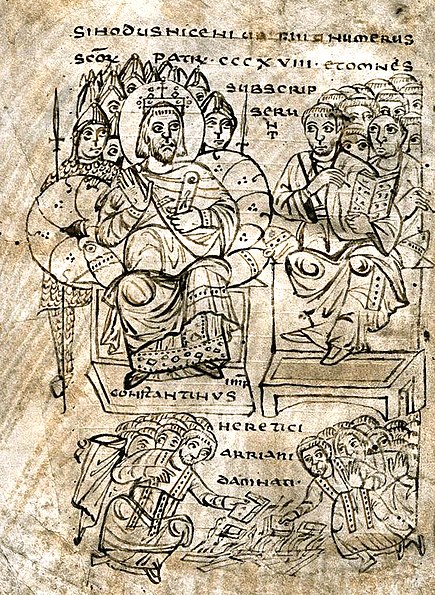An email from Jesus de Prado draws my attention to a new bunch of online books, which we all need to take a look at:
Contents: http://s2w.hbz-nrw.de/ulbbn/nav/classification/16431
Misc books: http://s2w.hbz-nrw.de/ulbbn/nav/classification/135030
Arabic Christian: http://s2w.hbz-nrw.de/ulbbn/nav/classification/16475
Armenian: http://s2w.hbz-nrw.de/ulbbn/nav/classification/17269
Coptic: http://s2w.hbz-nrw.de/ulbbn/nav/classification/17261
Ethiopic: http://s2w.hbz-nrw.de/ulbbn/nav/classification/17268
Georgian: http://s2w.hbz-nrw.de/ulbbn/nav/classification/17270
Syriac: http://s2w.hbz-nrw.de/ulbbn/nav/classification/17267
Full coloured-image, quite high resolution reproductions with full bibliographical details.
Thank you! Well, I had to go and look. The list of titles is quite impressive.
The interface is a bit clunky, but there are PDF’s to be had, although it looks as if each section is a PDF (which is a bit silly, and a nuisance; please fix this, chaps). In some cases they have placed a PDF of the lot on the left-hand side.
Design is a little weird. They seem to imagine — as librarians do — that you would want to use the books over a slow internet connection on a slow site, rather than on your PC. The interface is the usual, fussy, self-centered thing that library sites so often are, designed to maximise their traffic rather than assist the reader. Come on chaps; Google books and Archive.org show how it should be done. Why reinvent the wheel?
But these are small points. On to the good stuff!
The Arabic list contains a considerable quantity of really old books, 17th century, of great value. These belong to the first wave of European interest in Arabic studies. The 1661 Eutychius, for instance, is there.
The Armenian list includes a catalogue of the Mechitarist daughter monastery in Vienna. Aucher’s edition of Eusebius Chronicle is there — a year or two back I paid a serious sum for a photocopy of just volume 1!
The Coptic list includes a catalogue of the Borgia mss in the Vatican.
The Syriac list includes six volumes of Bedjan’s Acta martyrum et sanctorum. The Urmiah catalogue is there, which I have only seen so far in a rather rubbishy photocopy PDF. Mind you, they don’t seem to have learned the trick of photographing with a piece of black paper behind each page, to stop bleed-through of the text on the reverse. You can download the whole Urmiah catalogue.
This is probably the first sign of useful material from a German source that I have seen. More please!

